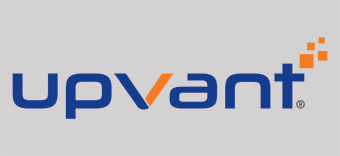Protect Your Data: 7 Ways to Improve Your Security Posture
Enterprise mobility, the flood of workplace devices, Software-as-a-Service application, and the cloud have transformed the way business operates, allowing business owners and employees to become both more mobile and more productive.
But the shift to mobile, cloud-based business has produced other changes as well, like a proliferation of personal mobile devices being used in work situation, dissolving business perimeters, and a greater use of public – or off domain – networks. While these shifts often result in increased productivity, they can also put businesses’ sensitive data at greater risk of security threats, attacks, or breaches.
Is it possible to give employees the mobility and productivity they need in a modern workplace while also protecting your data? Yes.
Microsoft released an ebook that discusses seven ways businesses can better protect data, and the actionable steps they can take to reduce vulnerability. Below is a summary of the steps. You can download the full ebook here.



